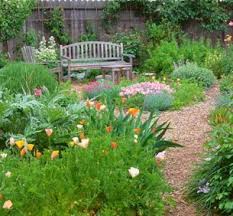Late Blooming Perennials - August
 Many perennial gardens peter out in mid-summer and limp into the fall, tattered, overgrown and virtually devoid of bloom. The traditional potted chrysanthemums and ornamental kale or offer autumn freshness and color, but several late-blooming perennials can do the job equally well, if not better.
Many perennial gardens peter out in mid-summer and limp into the fall, tattered, overgrown and virtually devoid of bloom. The traditional potted chrysanthemums and ornamental kale or offer autumn freshness and color, but several late-blooming perennials can do the job equally well, if not better.This group of late bloomers includes reliable plants such as tall Sedum 'Autumn Joy', a garden workhorse whose rosy broccoli-like flowers are bee magnets in the fall. Newer sedum selections, such as 'Matrona' and 'Black Jack' with their burgundy-tinged foliage and 'Frosty Morn' with its green-and-white variegation, offer extra interest.
Read more: Late Blooming Perennials - August
- Created on .


